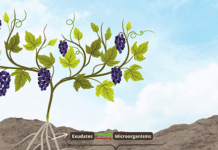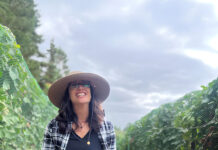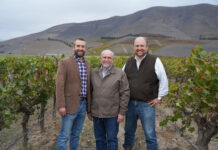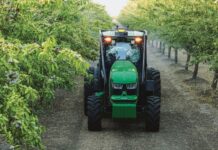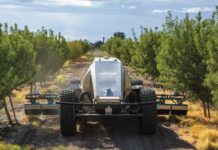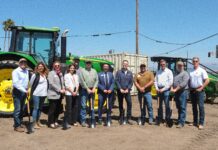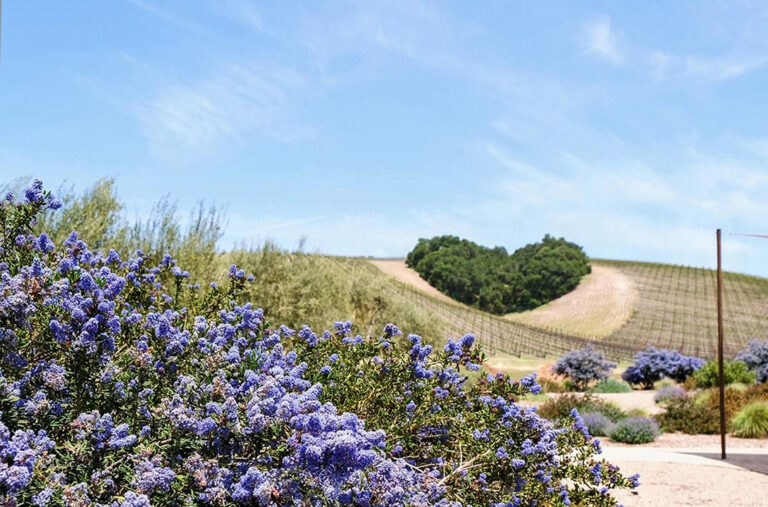
Listen to the audio version of this article (generated by A.I.)
The landscape of winegrape growing is rapidly evolving, presenting both opportunities and challenges. From sustainability trends to shifting market demand, there are several crucial factors that vineyard owners must consider to thrive in today’s competitive environment.
This article features insights from industry experts Audra Cooper and Eddie Urman of Turrentine Brokerage, who share their expertise on market positioning and the growing importance of sustainability certifications.
Oversupply Woes: Navigating Market Challenges
One of the most significant challenges facing grape growers is the oversupply of most grape varieties, even in the most recognized growing regions. As market conditions tighten, many vineyards are seeing diminishing returns on crops. This is especially difficult for smaller or independent growers managing older, less productive vineyards.
Replanting is costly. Many growers must decide whether to maintain aging vineyards or invest in the capital-intensive replanting process. Managing costs strategically is essential to ensure operations remain economically viable and aligned with the market.
Growers can consult experts or consider niche grape varieties with growing demand to help diversify their risk and increase their potential for success in the future.
Finding Your Place in the Market
In a competitive market, growers must understand their position. Not every vineyard will produce the best grapes in the region, and that’s OK. Some may find success by positioning themselves in the middle tier, offering quality fruit at affordable prices.
The key to success is knowing your value proposition and understanding the needs of buyers. Define what sets your vineyard apart, whether it’s consistency, quality or unique practices. Building transparent relationships with wineries is essential, as helping buyers achieve their goals often results in mutual benefits.
“Being intentional with your vineyard management and knowing your market position can make all the difference in building a sustainable business,” said Urman.
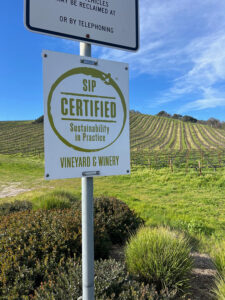
Green Is Gold: Why Sustainability Is Essential
Sustainability certifications are now crucial for growers. As consumer demand for sustainably produced products has surged, buyers increasingly seek vineyards that prioritize environmental and social responsibility. What was once considered a “nice-to-have” is now a “must-have” for remaining competitive. Without certification, a vineyard’s marketability could be severely limited, even if their grapes are top-quality.
The global importance of sustainability is evident in markets like Europe and North America, which have long valued sustainable practices. Emerging markets such as China are also increasingly prioritizing sustainability. A 2023 survey by Forvis Mazars found more than 70% of Chinese consumers believe sustainability encompasses reducing pollution and optimizing the living environment, highlighting a growing environmental consciousness. This shift in consumer preferences indicates that sustainability is now a key driver in purchasing decisions worldwide.
In the United States, certifications such as SIP Certified® (Sustainability in Practice) play a vital role. This program focuses on environmental, social and economic sustainability, encouraging best practices in water conservation, pest management and energy use. Vineyards and wineries that achieve SIP Certified demonstrate their commitment to responsible practices, making them more marketable to environmentally conscious consumers.
“Sustainability is no longer optional. It’s now required by many buyers and for staying relevant in the market. If you’re not certified, you’re cutting your potential market in half, if not more,” Cooper said.
“Being intentional with your vineyard management and knowing
your market position can make all the difference in building a sustainable business.”
– Eddie Urman, Turrentine Brokerage
Building Trust With Buyers
Consistency in grape production is crucial. Buyers rely on growers who can deliver high-quality fruit year after year without significant fluctuations in yield or quality. Focusing on best practices like pruning, shoot thinning and vine health management is essential.
Good management practices not only benefit the vineyard but also build trust with buyers. When growers consistently deliver, they secure long-term contracts, stabilize their income and strengthen relationships with wineries. This trust helps growers navigate market fluctuations and evolving consumer demands.
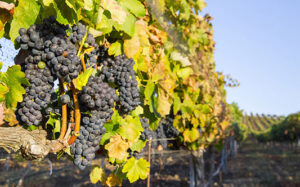
Staying Ahead of Trends
As the winegrape market evolves, growers must adapt. It’s no longer enough to take a wait-and-see approach. Successful growers need a clear, long-term plan. Whether investing in new technologies, transitioning to sustainable practices or diversifying crop offerings, proactive planning is essential to stay competitive.
The key to thriving in this market is understanding both your vineyard’s strengths and broader market trends. Growers must be flexible and ready to adjust strategies based on trends like sustainability and fluctuating grape prices.
“Sustainability is no longer optional. It’s now required by many buyers and for staying relevant in the market.”
–Audra Cooper, Turrentine Brokerage
Using Innovation to Thrive
Technology is revolutionizing vineyard management. Precision agriculture, which uses data analytics to monitor soil health, water use and pest control, enables growers to make more informed decisions about when to irrigate, prune or harvest. These tools improve efficiency and reduce resource consumption, which is critical in today’s sustainable era.
Investing in technologies that promote sustainability, such as water-efficient irrigation systems or eco-friendly pest management, can help growers meet certification requirements while boosting profitability.
As the winegrape market continues to evolve, staying informed and adapting to new technologies and sustainable practices is key. Thoughtful planning, strong relationships and consistent, high-quality production will ensure that growers not only survive but thrive in this dynamic landscape.
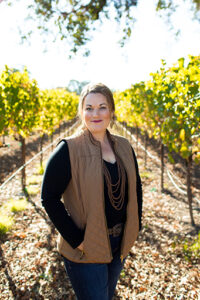
For more insights on navigating the winegrape market, you can reach out to Cooper and Urman at Turrentine Brokerage:
• Visit Turrentine Brokerage’s website
• Email: info@turrentinebrokerage.com
Keep an eye out for their speaking engagements, where they regularly share their expertise on market trends and best practices in grape growing. You can also catch them on the Sustainable Winegrowing Podcast (Episode 259 and Episode 269).
By partnering with experts like Cooper and Urman, growers can gain the knowledge and tools they need to adapt and thrive in this ever-changing industry.
References
Forvis Mazars. (n.d.). Sustainable consumption of Chinese consumers. https://www.forvismazars.com/group/en/insights/latest-insights/sustainable-
consumption-of-chinese-consumers
Simon-Kucher & Partners. (2024). Sustainability’s new normal:
What 2024 consumers expect.
https://www.simon-kucher.com/en/
/insights/sustainabilitys-new-normal-what-2024-consumers-expect
SIP Certified. (n.d.). SIP Certified: Sustainability in Practice.
https://www.sipcertified.org/
Turrentine Brokerage. (n.d.). Turrentine Brokerage – Strategic wine brokers. https://www.turrentinebrokerage.com/
Vineyard Team. (n.d.-a). From Surplus to Strategy: Managing the Grape Market’s Challenges. [Podcast episode #269]. https://www.vineyardteam.org/podcast?id=1146
Vineyard Team. (n.d.-b). Winegrape Market Trends of 2024. [Podcast episode #259] https://www.vineyardteam.org/resources/economic-viability.php?id=1131
Vineyard Team. (n.d.-c). Sustainable Winegrowing Podcast. https://www.vineyardteam.org/podcast/


